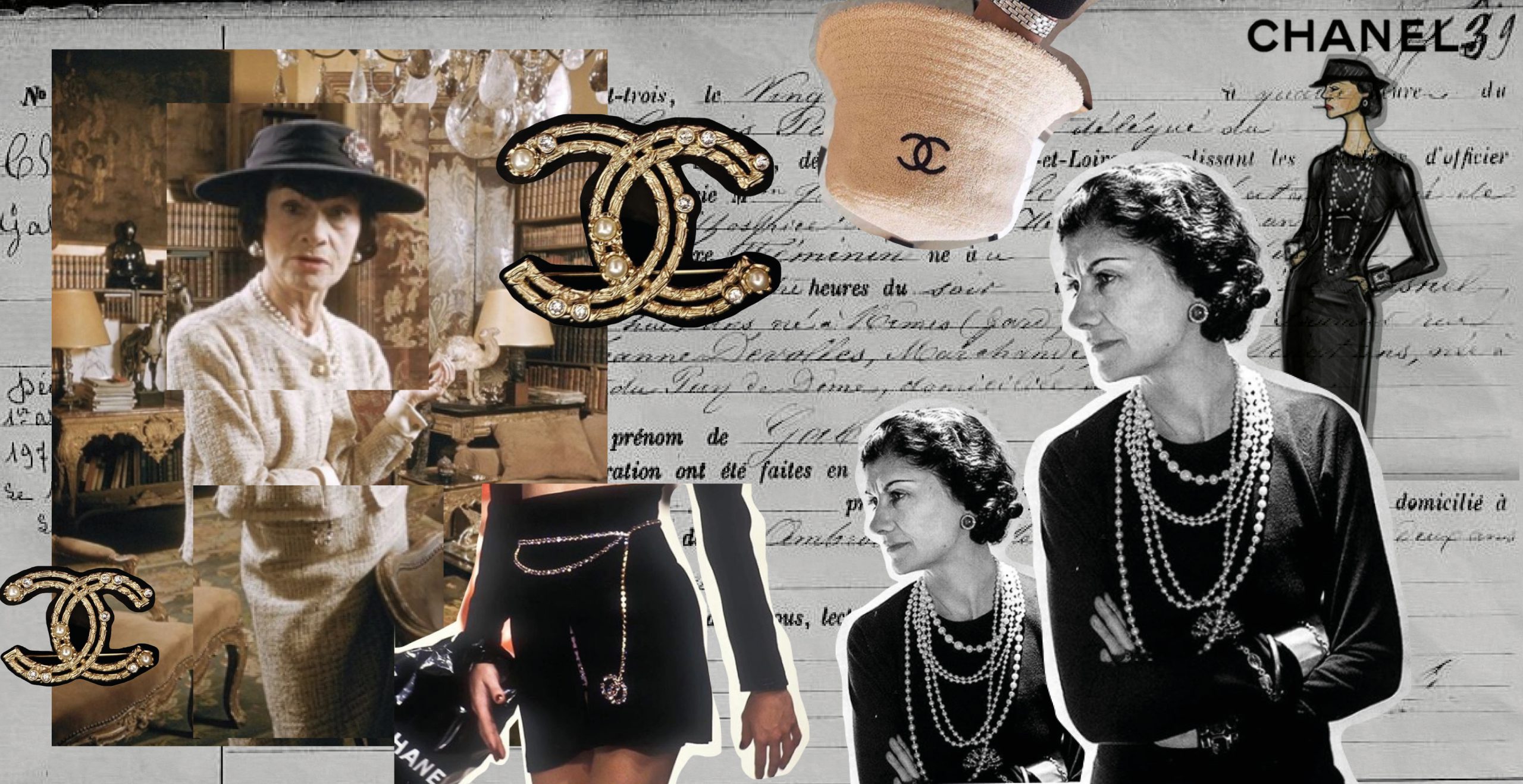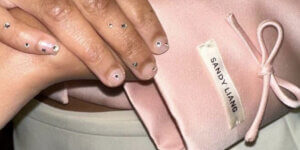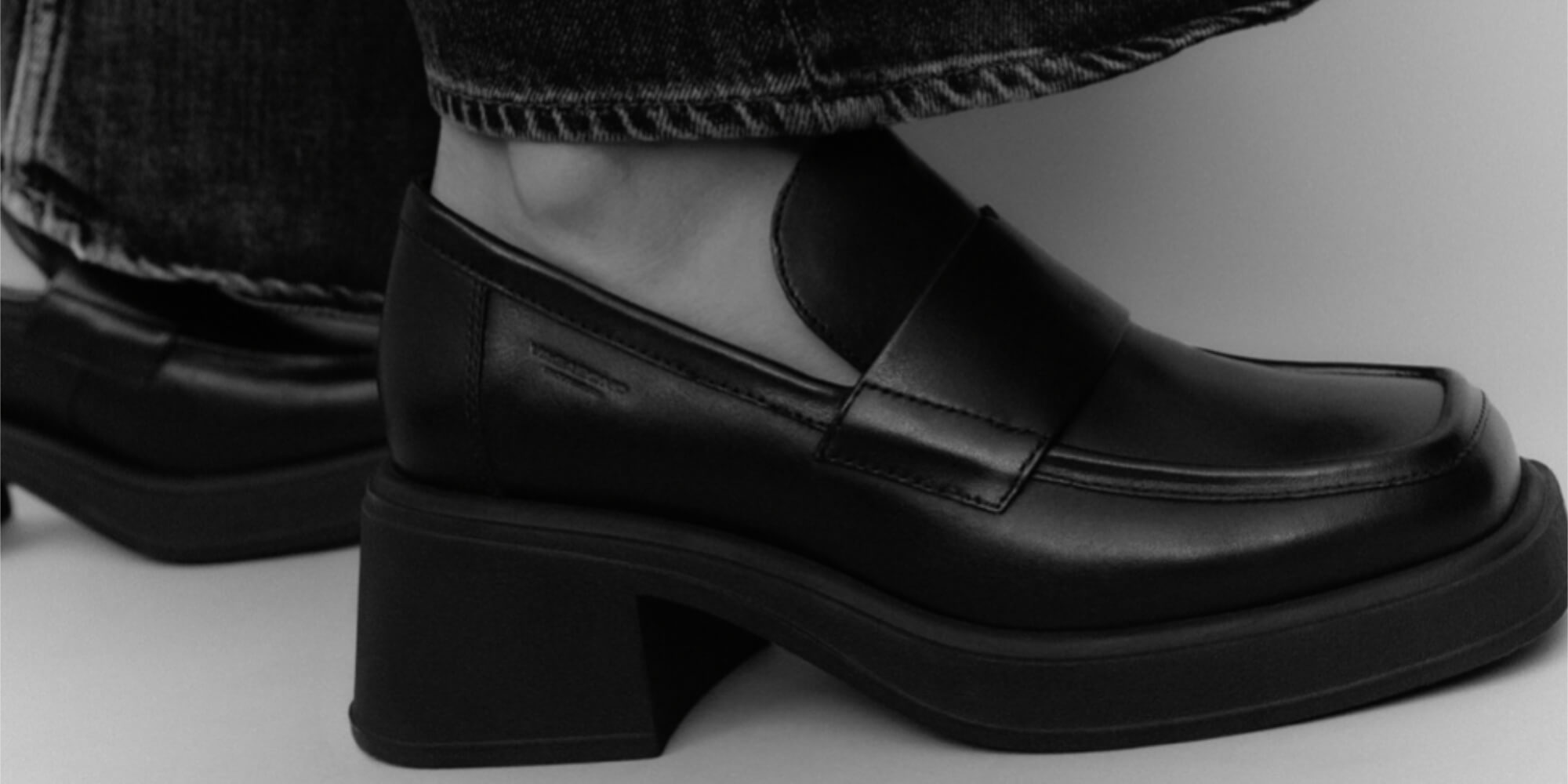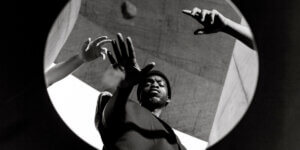Yesterday, August 19, 2020, marked Coco Chanel’s birthday. Although she only turned 87 instead of 137 years old, her remarkable life is worthy of recognition. On this Throwback Thursday, we pay homage to the renowned French designer, businesswoman, and style icon.
Born as Gabrielle Chasnel in Saumur, France, in 1883, she was the second illegitimate child of Henri-Albert Chanel and Eugénie Jeanne Devolle. Raised in impoverished circumstances with an unreliable father and a sick mother, Gabrielle and her five siblings faced many challenges. Tragically, at the age of twelve, her mother succumbed to tuberculosis, and Gabrielle and her older sister were sent to an orphanage. For the next seven years, Gabrielle received education from nuns, learning valuable skills such as sewing and embroidery. Sadly, she never saw her father again.
At eighteen, she left the orphanage and pursued further studies in Moulins for two years. At twenty, Gabrielle began working at an embroidery shop. However, even then, she yearned for a life beyond the ordinary. Alongside her regular job, she undertook private dressmaking assignments and performed at the Grand Café and Varieté Rotonde in Moulins. Her preferred songs, “Qui qu’a vu Coco?” and “Ko-Ko-Ri-Ko,” likely contributed to her nickname “Coco.”
In 1906, Coco met Étienne Balsan, the wealthy inheritor of the Balsan dynasty, a textile business that outfitted Napoleon Bonaparte’s army. She moved to his glamorous estate, Royallieu, and eventually became his mistress. Due to Coco’s humble background, they never married. Nevertheless, during this time, Coco relished the life of the affluent, mastering horseback riding, engaging in sports, and creating garments that suited her new lifestyle. It was during this period that she encountered her true love, Arthur Capel.
Thanks to Balsan’s financial support, Coco opened her first hat boutique in Paris in 1909. With the assistance and generous credit from her beloved Arthur Capel, she soon established another workshop and the renowned Chanel Modes in 1913. Her business flourished rapidly, and her shops merged into a couture house in Paris, necessitating the hiring of an expanding staff. Coco’s elegant yet unassuming designs gained swift popularity, gracing the pages of Vogue and adorning the high society.
Her style and work methods were revolutionary. Rejecting corsets, stiff textiles, and tight fittings, Coco Chanel embraced jersey fabric and loose fits, offering a newfound mobility and comfort to countless women. Her garments epitomized straightforwardness, liberty, and natural allure. Beyond her controversial clothing, her short hair, sun-kissed skin, and penchant for trousers solidified her status as a style icon.
In the 1930s, Chanel reached the pinnacle of success, employing approximately 4,000 workers. However, with the onset of World War II, Coco made the difficult decision to close her couture house and sought refuge in the Pyrenees and Switzerland. Only one accessory boutique remained. As the war ended and Christian Dior’s trend of large, layered skirts and short jackets emerged, Coco rebelled and planned her comeback.
At the age of 71, Chanel reopened her boutique on Rue Cambon in Paris in 1954. Initially met with skepticism, her new collection stayed true to her signature beautiful simplicity. Despite initial reservations, Coco regained her success. In 1971, Gabrielle Chanel passed away in her apartment at the Ritz hotel. Many people remember her iconic creations, including the Chanel No. 5 perfume and her famous costumes. Yet, I hope she is also remembered as an innovative businesswoman who brought her vision to life, defying societal judgments and overcoming her humble beginnings.



























